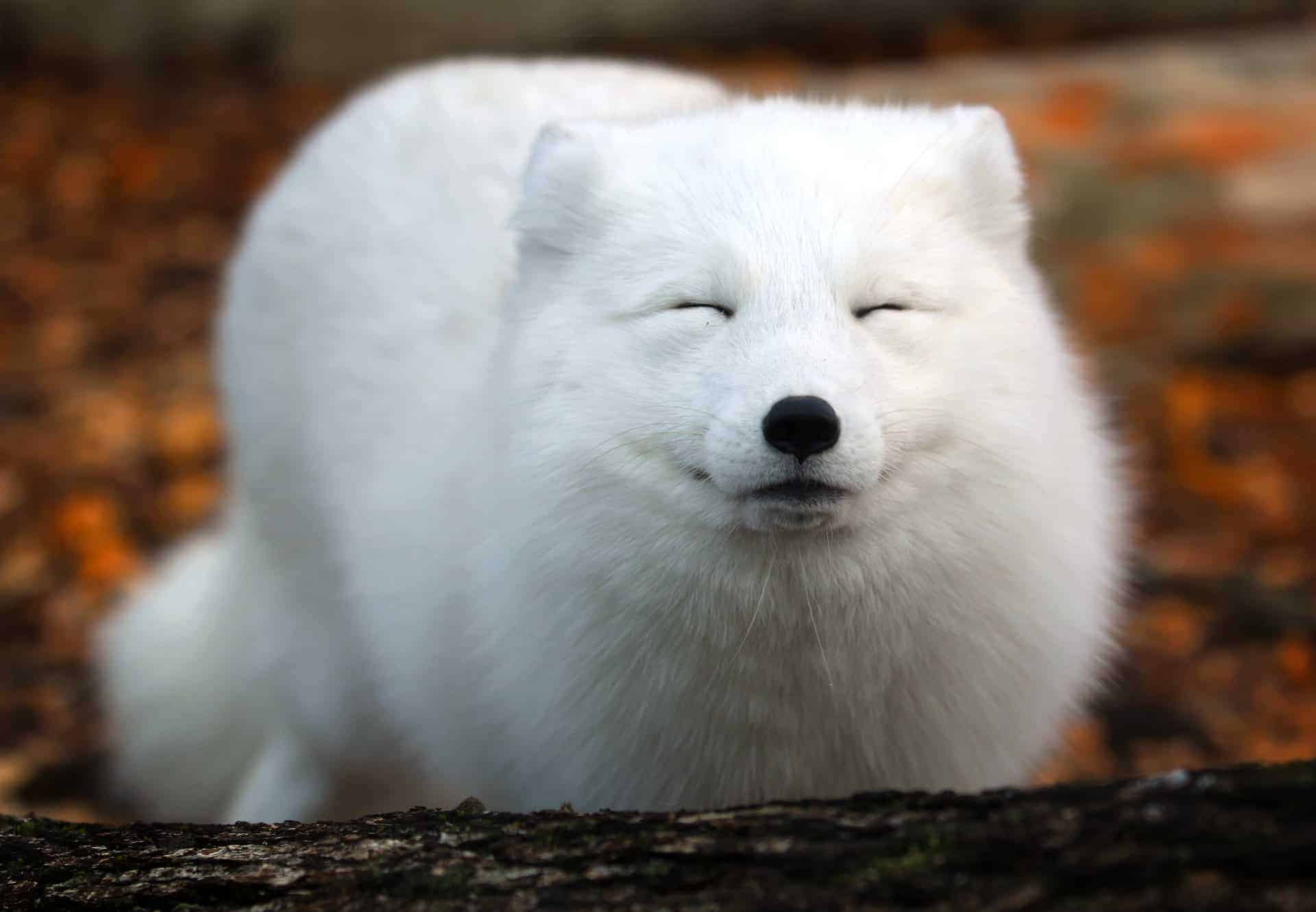When winter weather settles into Indiana, there’s still lots of opportunities to get outdoors and explore at the Indianapolis Zoo.
Many of the animals are perfectly at home in these colder temperatures. Species like the Arctic fox, Amur tiger, Alaskan brown bear, California sea lion and others are native to colder climates, so our furry friends are well adapted to handle the cold and snow.
Arctic foxes are covered in thick, snowy-white fur during seasons when temperatures are low. They also have a big bushy tail, much like red pandas, that they can wrap around their bodies for extra warmth.
The pools in the new exhibit, Alligators & Crocodiles: The Fight to Survive, are all temperature regulated to help keep these cold-blooded animals cozy during the colder months of the year. And while they are native to warmer climates, American alligators are still well adapted for winter. When the temperatures begin dropping, so do these reptiles … into the depths of the water where they can remain submerged, only poking their snouts above the surface to breathe. In the cold, their body functions slow down and they stay still to save energy needed for warmth.

Several other exhibits are equipped with features that help keep animals comfortable thought the winter. For instance, one of the rocks inside the Tiger Forest is heated to give tigers a warm, dry spot to lie down. Also, the pools in the marine mammal exhibits are temperature regulated for the animals’ comfort.
Most people probably wouldn’t think of flamingos as “winter animals,” but they are perfectly well suited to colder weather. They’ll be outdoors for most of the winter.
The cold temperatures are not the only concerns in the winter months. Slick conditions are also on the forefront of the zoo staff. To keep animals safe, they drain many of the water features in the animal habitats; if the exhibit conditions are too slick, they’ll keep the animals safe and warm indoors.
Throughout the year, the zoo supplements their animals’ diet with trimmings from landscaping throughout the Zoo and Gardens as well as from their greenhouses, this makes it possible for the herbivores to enjoy leafy greens whether they’re indoors or out.

They don’t just have indoor spaces for animals to stay warm in, guests too can enjoy the heat of the indoor spaces — Simon Skjodt International Orangutan Center, Oceans, Deserts Dome, and Ascension St. Vincent Dolphin Pavilion — guests and animals can stay warm all winter long in these locations.
And another reason to visit the zoo this winter is the addition of some remarkable new raptors who’ve recently joined their flock.
Blaze is a male red-tailed hawk who was rescued as a juvenile because he has limited vision in his left eye, making him unlikely to survive in the wild. Hawks rely on their vision to spot prey while they soar up to 200 feet high in the sky. A hawk with intact vision has eight times better eyesight than a human. As their name suggests, red-tailed hawks are easily distinguished from other hawk species by their rust-colored tail as well as their dark brown wings that span up to 48 inches.

Maurice, nicknamed “Mo,” is a male great-horned owl who came from the Tampa Lowry Park Zoo after he too was rescued as a juvenile. Named for the two prominent tufts of feathers on their heads, great-horned owls are adept nocturnal hunters that use their incredible eyesight, near-silent flying, and excellent hearing to sneak up on prey in the dark of night.
Both of these beautiful bird species are native to Indiana, typically nesting in wooded areas bordered by open fields where they like to hunt. You can come get a closer look at Blaze and Maurice in the Flights of Fancy exhibit.
For more information visit: www.indianapoliszoo.com












